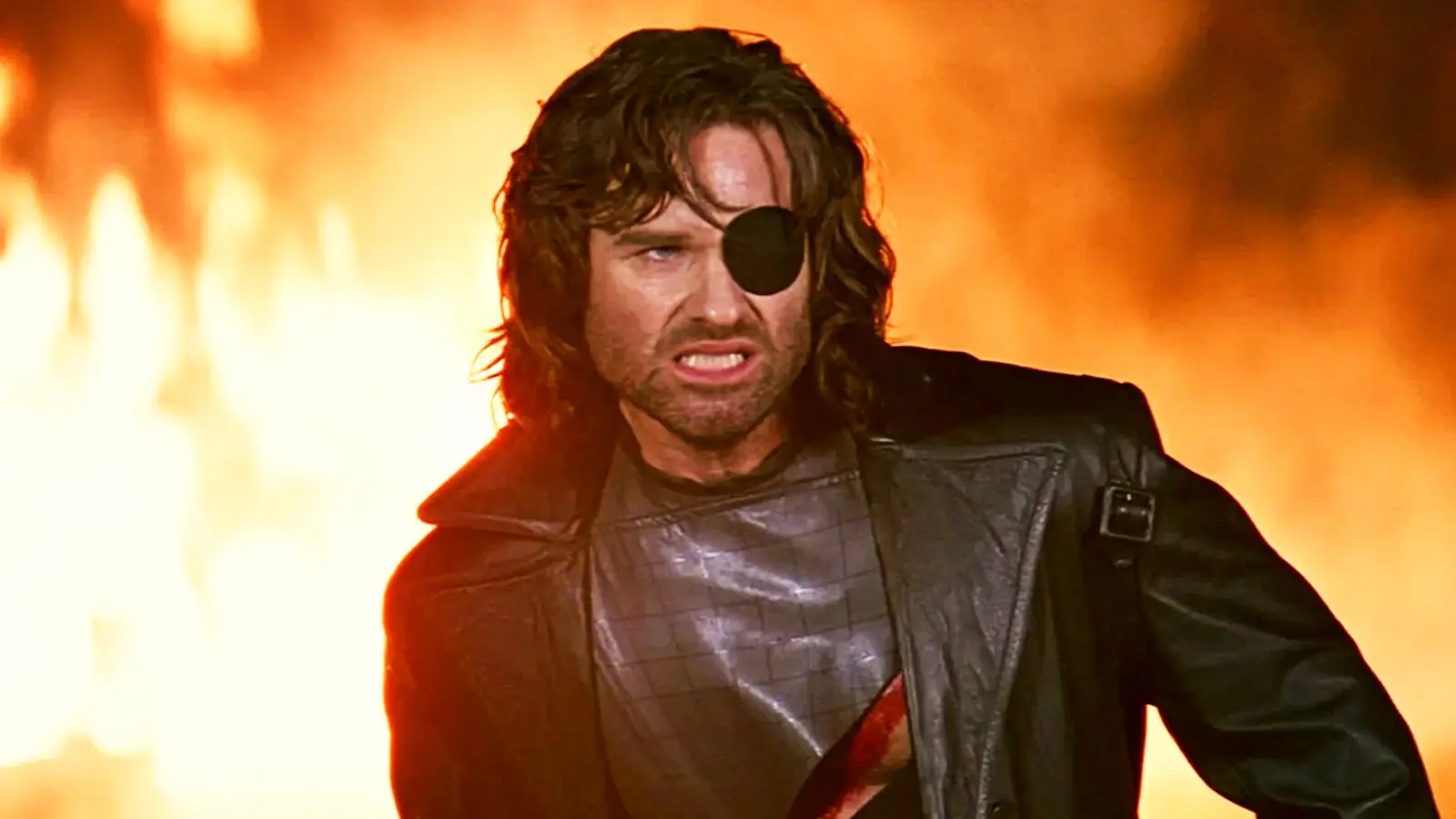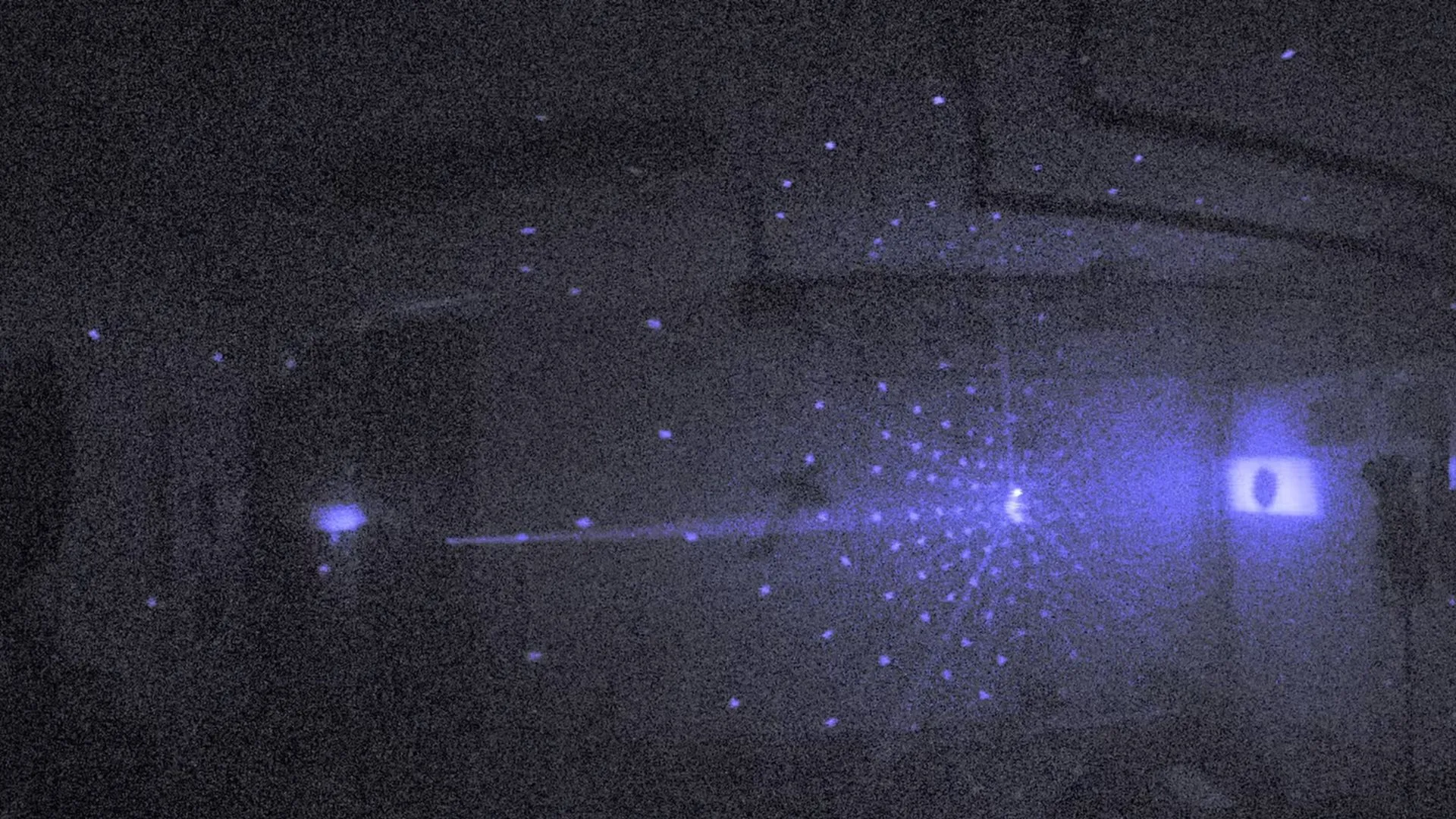Copyright Screen Rant

John Carpenter might be one of the most acclaimed horror directors of all time, but he has had his fair share of box office bombs. After several well-received independent films, Carpenter was thrust into the spotlight when he directed 1978's Halloween. The seminal slasher film spurred the genre into the mainstream, and made Carpenter a household name. Throughout the 1980s, John Carpenter would continue to deliver innovative horror films like The Thing, while also dabbling in other genres like action and science fiction. While some of Carpenter's movies have been financially successful, many have either broken even or were significant financial losses. This isn't unusual for any director, but it has come to define Carpenter's career. Nearly every John Carpenter movie, success or not, has gained a cult following since its release. This speaks to the overall quality of the director's work, but also how progressive and interesting the horror genre can be. Audiences weren't really ready for some of his greatest films, and it has taken decades for them to get their due. Carpenter's box office bombs are diverse, but they represent a perfect cross-section of the director's career. Any time Carpenter tried to think outside the box, it was bound to be a financial disappointment. That's not to say all of his flops are great films, but some were shockingly underrated at the time and are definitive films in the director's catalog. Memoirs Of An Invisible Man (1992) Though debate will likely rage on forever, Memoirs of an Invisible Man is a top contender for John Carpenter's worst film. The sci-fi drama stars funnyman Chevy Chase as a regular guy that is accidentally turned invisible, only for him to be hunted by the government. It cost a reported $40 million, and only made $14 million (Box Office Mojo). This huge financial loss (especially after additional costs) means Memoirs of an Invisible Man is one of Carpenter's least successful movies, but its failure goes beyond money. The film suffers from a severe lack of focus, and the tone is uncertain from the first scene. Chase brings an aspect of humor, but the script is deadpan and serious. Though the visual effects are quite impressive, every part of the movie feels hollow and uninspired. Carpenter himself hates Memoirs of an Invisible Man, and it is generally considered to be his paycheck movie. There's almost no part of the director's signature style in the finished product, and therein lies its biggest issue. The 1992 stinker is far and away Carpenter's worst flop because it can hardly even be called a John Carpenter movie. The maestro is known for his swings and misses, but there is always an authenticity to his biggest failures. There is absolutely nothing interesting or authentic about Memoirs of an Invisible Man. Village Of The Damned (1995) John Carpenter's 1995 remake of Village of the Damned is the exact moment when his career began to take a downward turn. The plot concerns a remote California town that is suddenly awash in evil children who all possess odd supernatural powers. Remakes are always hit or miss, and Village of the Damned fell in the latter category. Box Office Mojo notes the movie only made about $9 million against a $20 million budget, marking significant losses. It was the only horror film on its opening weekend, but it peaked at the #5 spot and rapidly fell. Its quality didn't do it any favors, and Village of the Damned is an inferior film when compared to the original. Carpenter had previously worked magic with the remake of The Thing, and the sci-fi horror gem completely reimagined the original. Meanwhile, Village of the Damned retained far too much of its predecessor, making it feel cheesy and stilted in the 1990s. The casting was also strange, with mismatched leads in Christopher Reeve and Kirstie Alley. Horror movie remakes can be amazing when done right, but Village of the Damned is unnecessary and out of step. The improved effects and over-the-top ending are highlights, but everything else is dull and slow. The movie falls so low because it sees Carpenter waste his talents on a story that really didn't need to be retold. Ghosts Of Mars (2001) If ever there was a film that perfectly summed up the year 2001 in pop culture, Ghosts of Mars is probably that movie. The action/sci-fi spectacle concerns human colonizers on Mars who find themselves in the fight of their lives against the native Martians. Bombastic in every sense of the word, the potential blockbuster actually became a disaster. On a budget of nearly $30 million, Ghosts of Mars only grossed $14 million around the globe (Box Office Mojo). Despite having a box office juggernaut like Ice Cube in the lead role, as well as burgeoning action icon Jason Statham, no one seemed interested in Carpenter's penultimate feature film. It had all the pieces but still fell short. Ghosts of Mars is not a great movie, but it's a John Carpenter film that has thoroughly earned a cult following. It's so unabashedly goofy that it has charm, and its overt cheesiness is an obvious wink and nod to the audience. With the legendary Pam Grier in the cast, it can be seen as a tribute to exploitation cinema. Ghosts of Mars was John Carpenter's second-to-last feature film, and the last to get a wide theatrical release. The movie is one of Carpenter's biggest disasters, and likely what ended his feature film career for good (The Ward notwithstanding), but it isn't cynical and unnecessary like some of his other flops. Care went into the film's production, and Carpenter's fingerprints are all over the storytelling. Ghosts of Mars is bad, but it isn't boring. Escape From L.A. (1996) Escape from New York was one of John Carpenter's most successful movies, so he got a chance to make a sequel years later. Escape from L.A. sees the return of Snake Plissken, who must infiltrate Los Angeles to stop anti-government rebels. A 15-year gap in a franchise was practically unheard of back then, and audiences didn't return in droves. The sequel grossed an impressive $42 million, but it fell short of its costly $50 million price tag (Box Office Mojo). Continuing Carpenter's box office woes, Escape from L.A. likely lost a considerable amount of money after additional costs. It also got terrible reviews back in the day, though those have been reevaluated. Critics didn't seem to get what Carpenter was going for with Escape from L.A., and there was more below the surface. The sequel is much sillier than its predecessor, though Escape from New York also has its fair share of tongue-in-cheek humor. Its sequel likely flopped because it leaned too hard on its biting social satire and inside jokes. Looking past the movie's abysmal CGI, Escape from L.A. is a humorous romp that sees Carpenter air his grievances. It pokes fun at Los Angeles culture, and has some not-so-subtle political messaging too. It's inferior to its predecessor, but deserves a spot among John Carpenter's hidden gems. It almost didn't bomb, which is more than many films can say. Big Trouble In Little China (1986) Most of John Carpenter's flops have a glaring flaw or something that holds them back. However, Big Trouble in Little China is one of his best films, and his most unfair financial failure. Kurt Russell plays a tough truck driver who is in over his head trying to rescue a young woman from mysterious forces in San Francisco's Chinatown. The movie's budget was $25 million, but it only made $11 million, according to Box Office Mojo. The startling failure of Big Trouble in Little China is perplexing, but it can be chalked up to poor marketing and a lot of competition. It immediately found its audience on home video, and it instantly became a cult film. With stellar action and lots of laughs, the movie didn't skimp out on either of its genres. Kurt Russell is endlessly charming as the lead, and the film's playful atmosphere makes it rewatchable. Despite looking subversive and strange on the surface, the movie checks all the boxes of a mainstream blockbuster, which is likely why it took off on video.



